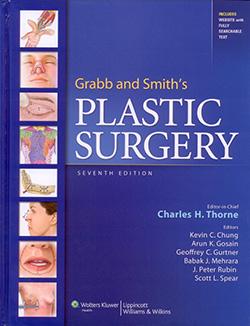
Rhinoplasty is a popular plastic surgery procedure for improving the appearance of the nose. It changes the shape of your nose by correcting issues such as a hump, a wide or large nose, or a plunging nasal tip. Rhinoplasty can also be combined with septoplasty or turbinectomy to improve breathing difficulties and this is where insurance comes in.
Plastic surgery is expensive and it is normal to inquire about the extent to which insurance will help with those expenses. It may have been possible in the old days to hide the cosmetic portion of the procedure within the portion covered by insurance, to decrease the patient’s out-of-pocket expenses. Those days are long gone. We will outline below exactly how and when insurance will be involved with your nose job.
Whether insurance will help with rhinoplasty depends on the type of procedure and the reason for getting the surgery. Some patients say, “I have a deviated septum” and think that means insurance will cover their rhinoplasty; it’s more complicated than that.
What is a deviated septum?
The septum is a partition within your nose that separates the air going through one nostril from the air going through the left. It is just a wall, like a wall that separates one room in your house from another. If the septum is pushed to one side, it can block the airflow on that side. In some cases, the septum is twisted and can block the airflow on both sides. No one’s septum is perfectly straight, just like no one’s breasts or ears are exactly the same sizes, but that doesn’t mean the deviated septum is causing a problem. If the septum is deviated AND is causing obstruction of breathing, then surgery to correct the deviated septum (septoplasty) may be indicated and may be covered by insurance.
Your Purpose for Getting a Nose Job
There are two primary purposes for getting a nose job: cosmetic (the external shape of the nose) and functional (breathing). Most patients are interested in changing the contour or size of the nose and it is an entirely cosmetic procedure. In those cases, insurance will not cover any of the costs (facility, anesthesia or surgeon’s fee) related to the surgery. If, in addition, to having a procedure to improve the appearance of the nose, you also have a procedure to improve the breathing such as a septoplasty or turbinectomy, then insurance may cover the portion related to breathing ONLY. The cosmetic portion will still be your financial responsibility.
Will Insurance Cover The Cost?
Insurance plans differ from one insurance company to another, and even within one insurance company. As such, you and your surgeon’s office may have to contact your insurance company to determine if any of your procedures will be covered.
If you are undergoing nasal surgery to address both the appearance of the nose and the function of the nose, then insurance may cover the functional portion, but not the cosmetic portion. The two portions of the procedure are considered separately by the facility, the anesthesiologist, and the surgeon. It is true, however, that some surgeons and some facilities will discount their cosmetic fee if you have both a rhinoplasty and internal nasal surgery for breathing. That is the way that insurance can decrease your overall costs.
Consult a Plastic Surgeon
Want to know if you’re a good candidate for rhinoplasty? Schedule an online consultation with renowned plastic surgeon Charles Thorne, who has decades of experience in the field. Learn more about Dr.Thorne.

Dr. Thorne is the Editor-in-Chief and the author of several chapters in Grabb and Smith's PLASTIC SURGERY, 7th Edition.
